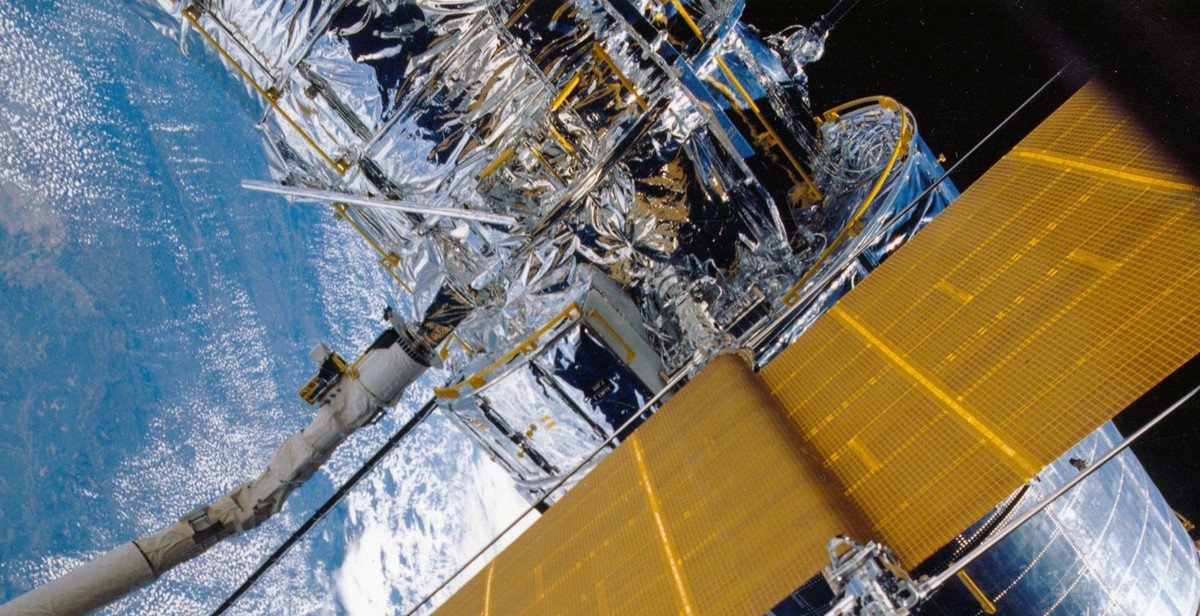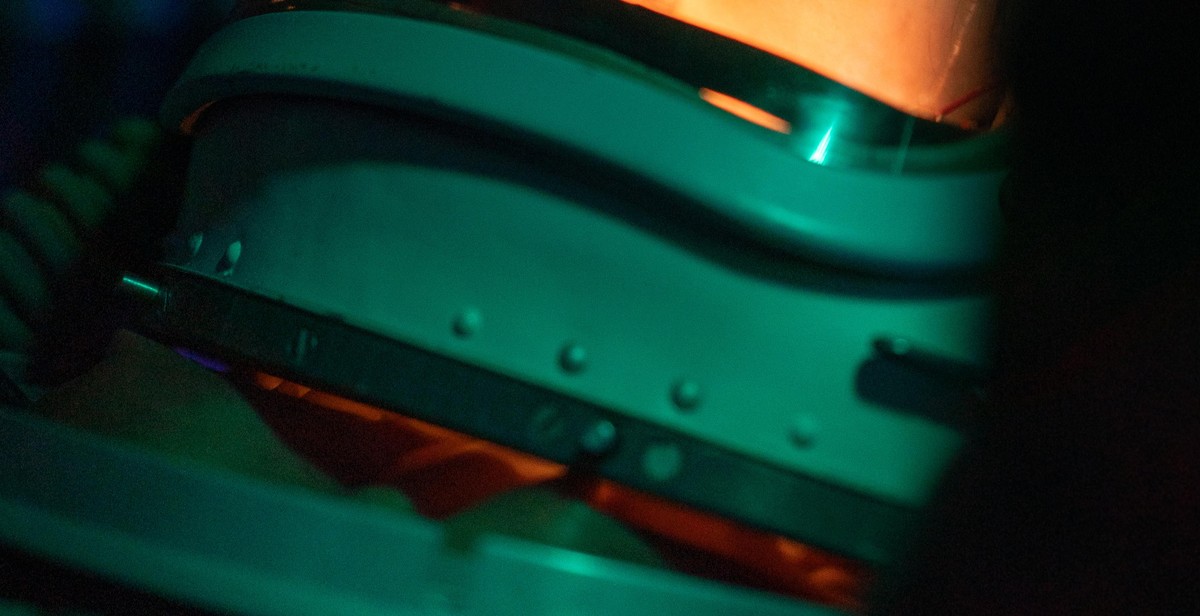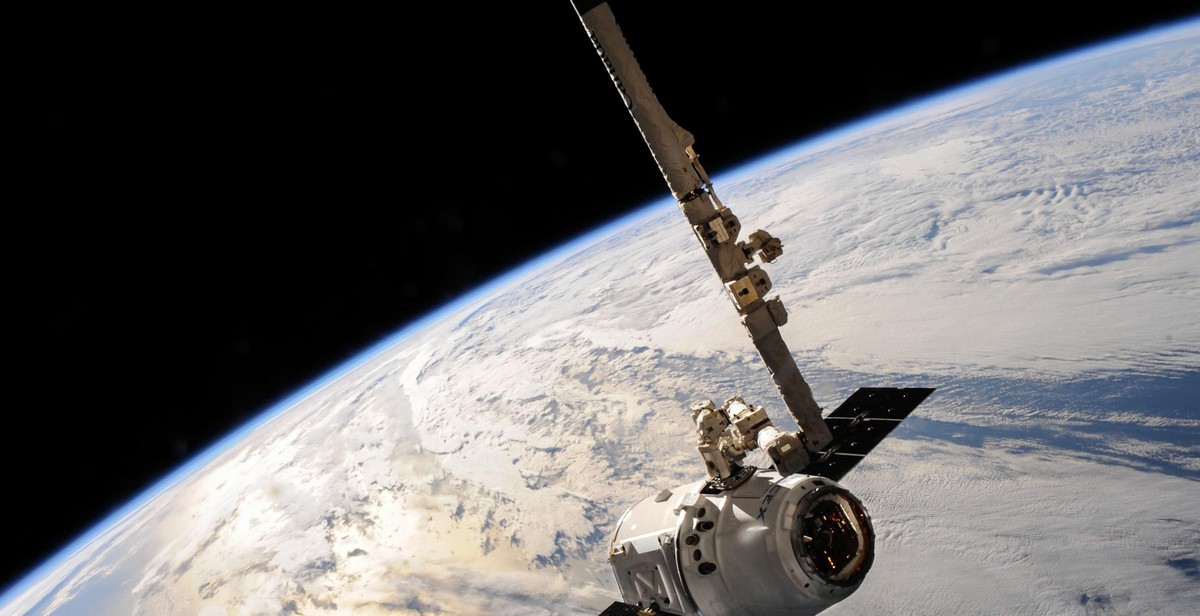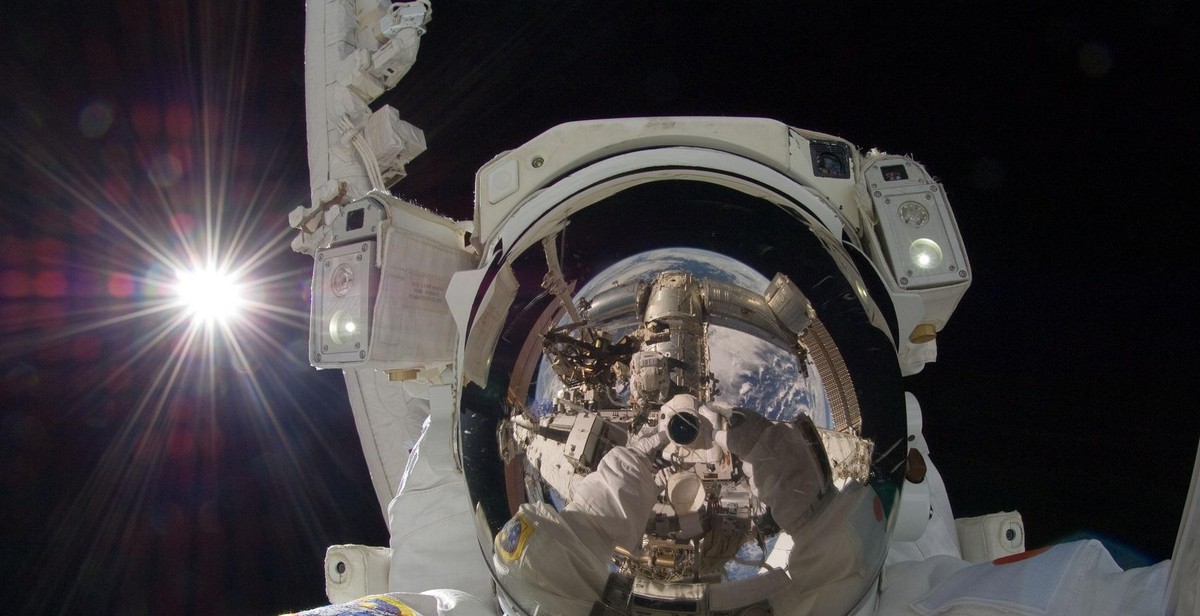How Space Travel Works in 2023
Space exploration has always been a fascinating subject for humans. Over the years, we have made significant progress in understanding the universe and the technology required to explore it. In 2023, space travel has become more accessible and advanced than ever before. With the help of cutting-edge technology and innovative spacecraft designs, space agencies and private companies are making great strides in exploring the final frontier.
The Role of Spacecraft in Space Travel
Spacecraft are the backbone of space travel. They are designed to carry astronauts, cargo, and scientific equipment to space and to perform various tasks in orbit. In 2023, spacecraft are more advanced than ever before, with new designs that allow for greater efficiency and safety. Some of the most notable spacecraft used for space travel in 2023 include:
- The SpaceX Dragon capsule, which is used to transport astronauts to the International Space Station
- The Boeing Starliner, which is also used to transport astronauts to the International Space Station
- The Orion spacecraft, which is used for deep space exploration missions
The Future of Space Travel
As we continue to explore space, advancements in technology will continue to push the boundaries of what we can achieve. In the future, we may see more advanced spacecraft designs, such as reusable rockets and spaceplanes, that will make space travel even more efficient and cost-effective. Additionally, private companies such as SpaceX and Blue Origin are making great strides in the commercialization of space travel, which could lead to more people traveling to space for tourism and other purposes.

History of Space Travel
The history of space travel dates back to the early 20th century when scientists began exploring the possibilities of human spaceflight. In 1957, the Soviet Union launched Sputnik, the first artificial satellite, into orbit, marking the beginning of the space race between the United States and the Soviet Union.
Early Years of Space Travel
The early years of space travel were marked by significant achievements and setbacks. In 1961, Yuri Gagarin became the first human to travel to space, orbiting the Earth aboard the Vostok 1 spacecraft. Just a few weeks later, Alan Shepard became the first American in space, flying aboard the Freedom 7 spacecraft.
Throughout the 1960s, the United States and the Soviet Union continued to compete for space supremacy, with the United States achieving its own milestone in 1969 when Neil Armstrong and Buzz Aldrin became the first humans to walk on the moon.
Space Race
The space race between the United States and the Soviet Union continued throughout the 1970s and 1980s, with both countries launching numerous satellites and manned missions. In 1971, the Soviet Union launched the first space station, Salyut 1, which was later replaced by the more advanced Mir space station in 1986.
The United States launched its own space station, Skylab, in 1973, but it was only in operation for a few years before being abandoned. In the 1990s, the two nations began collaborating on the International Space Station (ISS), which remains in orbit today and is jointly operated by several countries.
International Space Station
The International Space Station is a habitable artificial satellite that orbits the Earth. It was first launched in 1998 and has been continuously occupied since 2000. The ISS serves as a research laboratory for scientists from around the world, conducting experiments in biology, physics, astronomy, and other fields.
The ISS is the largest human-made object in space, measuring approximately 357 feet in length and weighing 925,335 pounds. It orbits the Earth at an altitude of approximately 250 miles and completes one orbit every 90 minutes.
| Launch Date | November 20, 1998 |
|---|---|
| Length | 357 feet |
| Weight | 925,335 pounds |
| Altitude | 250 miles |
| Orbit Time | 90 minutes |

Current Space Travel Technology
Rocket Propulsion
Rocket propulsion is the fundamental technology behind space travel. Rockets are used to launch spacecraft into orbit and beyond. Over the years, scientists and engineers have developed several types of rockets, including solid fuel rockets, liquid fuel rockets, and hybrid rockets. Solid fuel rockets are the simplest and most reliable type of rocket, while liquid fuel rockets offer more control and flexibility. Hybrid rockets combine the best of both worlds by using a solid fuel core and a liquid oxidizer.
One of the most significant developments in rocket propulsion technology is the use of ion thrusters. Ion thrusters work by accelerating charged particles to generate thrust. They are highly efficient and can provide constant acceleration for extended periods, making them ideal for long-duration space missions.
Reusable Rockets
Reusable rockets are a game-changer in space travel technology. Traditionally, rockets were used once and then discarded, making space travel expensive and unsustainable. However, with reusable rockets, it is possible to launch spacecraft into orbit and then land the rocket back on Earth, ready for the next mission.
SpaceX’s Falcon 9 rocket is a prime example of reusable rocket technology. The Falcon 9 first stage is equipped with nine Merlin engines, which allow it to lift off and return to Earth. SpaceX has successfully landed and re-flown several Falcon 9 rockets, reducing the cost of space travel and making it more accessible to a broader range of people.
Spacecraft Design
Spacecraft design has come a long way since the early days of space travel. Today’s spacecraft are designed to be more efficient, more reliable, and more comfortable for astronauts. They are equipped with advanced life support systems, communication systems, and scientific instruments.
One of the most significant developments in spacecraft design is the use of 3D printing. 3D printing allows engineers to create complex parts and components that would be impossible to manufacture using traditional methods. This technology has revolutionized spacecraft design, making it faster, cheaper, and more efficient.
| Technology | Advantages |
|---|---|
| Rocket Propulsion | Reliable, flexible, and highly efficient |
| Reusable Rockets | Reduced cost, increased accessibility, and sustainability |
| Spacecraft Design | Efficient, reliable, and comfortable for astronauts |

Future of Space Travel
The future of space travel is exciting and full of possibilities. With advancements in technology, space travel is becoming more accessible and affordable to individuals and organizations. In the coming years, space tourism, colonization of other planets, and interstellar travel are expected to become a reality.
Space Tourism
Space tourism is a rapidly growing industry that is expected to become more popular in the future. Companies like SpaceX and Virgin Galactic are already offering space tourism packages, and more companies are expected to join the market in the coming years. With the increasing demand for space tourism, the cost of space travel is expected to decrease, making it more accessible to the general public.
Colonization of Other Planets
Colonization of other planets is no longer a distant dream but a realistic possibility. Mars is the most likely candidate for colonization due to its proximity to Earth and the availability of resources such as water and carbon dioxide. Scientists are working on developing technologies to make colonization feasible, including terraforming and building sustainable habitats on the planet.
Interstellar Travel
Interstellar travel is the ultimate goal of space exploration. While it is currently not possible with our current technology, scientists are working on developing technologies that could make it a reality in the future. One such technology is the development of warp drives, which could allow spacecraft to travel faster than the speed of light. Interstellar travel would open up new possibilities for exploration and discovery beyond our solar system.
| Space Travel | Advancements |
|---|---|
| Space Tourism | More companies offering packages, decreased cost |
| Colonization of Other Planets | Developing technologies for terraforming and sustainable habitats |
| Interstellar Travel | Development of warp drives for faster-than-light travel |

Challenges of Space Travel
Space travel has come a long way since the first human landed on the moon in 1969. However, it still poses significant challenges that need to be addressed to make space travel more accessible and sustainable. Here are some of the major challenges of space travel:
Health Risks
One of the biggest challenges of space travel is the health risks associated with it. Astronauts are exposed to high levels of radiation that can cause long-term health problems, such as cancer and neurological disorders. They also experience muscle and bone loss, vision impairment, and cardiovascular issues due to the lack of gravity in space. These health risks can make space travel dangerous and limit the number of people who can participate in it.
Costs
Another major challenge of space travel is the high costs involved. Building and launching spacecraft, maintaining and operating them, and conducting missions require significant financial resources. Currently, only a few countries and private companies can afford to invest in space exploration, making it inaccessible to many. The high costs of space travel also limit the types of missions that can be undertaken, such as long-term space exploration and colonization.
Environmental Impact
Space travel also has an environmental impact that needs to be addressed. Launching rockets and spacecraft into space releases greenhouse gases and other pollutants into the atmosphere, contributing to climate change and air pollution. Additionally, space debris from past missions can pose a risk to future missions and satellites, leading to collisions and more debris. As space travel becomes more frequent and accessible, it is crucial to develop sustainable practices and technologies to mitigate its environmental impact.
- Overall, space travel has made significant progress in the last few decades, but it still faces significant challenges that need to be addressed to make it accessible, safe, and sustainable.

Conclusion
In conclusion, space travel has come a long way since the first manned mission to space in 1961. With the advancements in technology and the increasing interest in space exploration, the year 2023 promises to be an exciting time for space travel.
The Future of Space Travel
With the increasing interest in space exploration, many private companies are investing in space travel. This has led to the development of new technologies and the creation of new opportunities for space travel. In the future, we can expect to see more manned missions to space, space tourism, and even colonization of other planets.
The Importance of Space Travel
Space travel is important for many reasons. It allows us to explore and learn more about our universe, which can help us understand our place in it. It also allows us to develop new technologies that can be used to improve life on Earth. Additionally, space travel can inspire future generations to pursue careers in science and technology.
Final Thoughts
Overall, space travel is an exciting and important field that will continue to evolve in the coming years. As we continue to explore the universe, we will gain a better understanding of our place in it and the possibilities that lie ahead. Whether it’s through manned missions, space tourism, or colonization of other planets, the future of space travel is sure to be a thrilling adventure.
